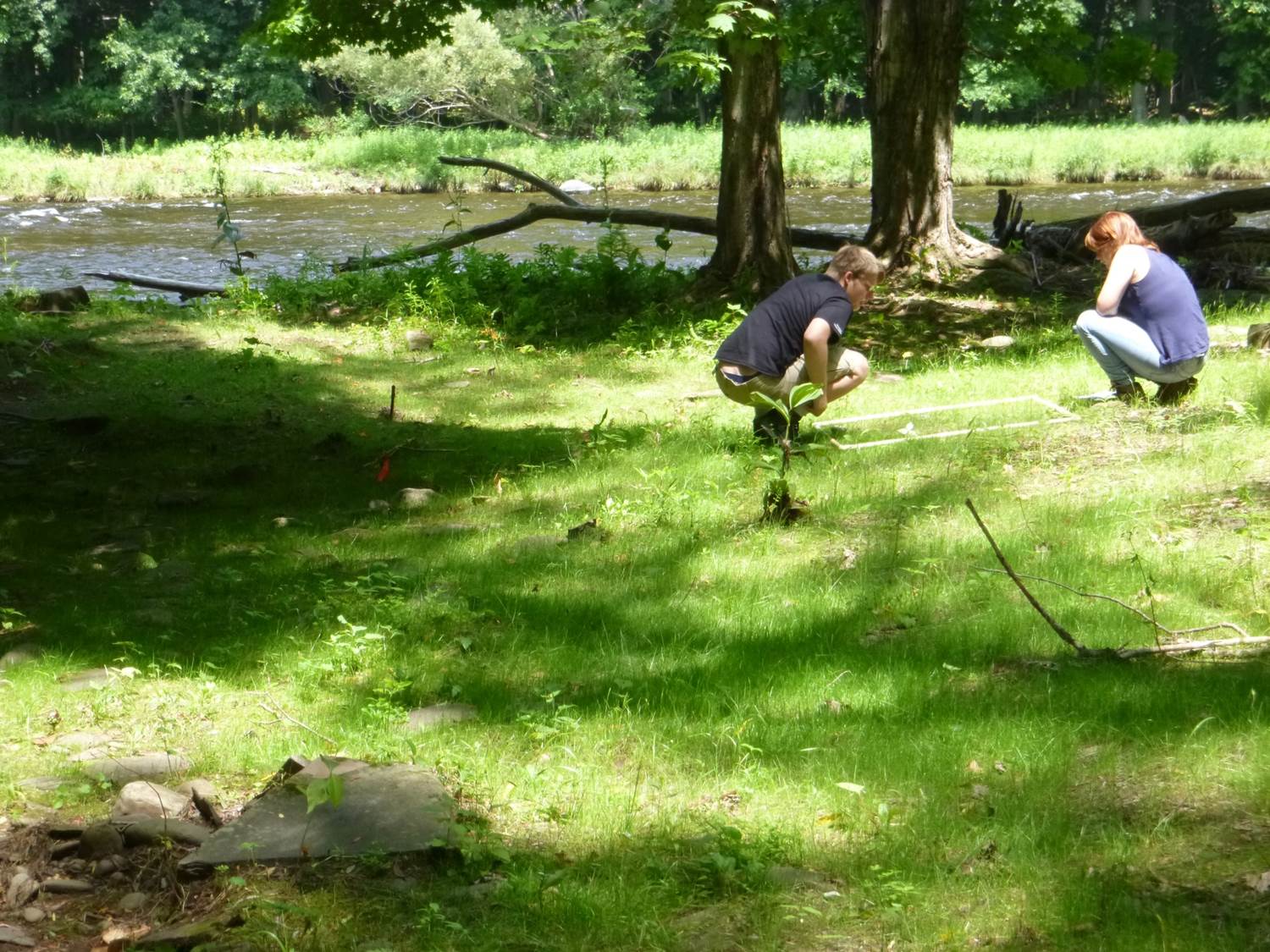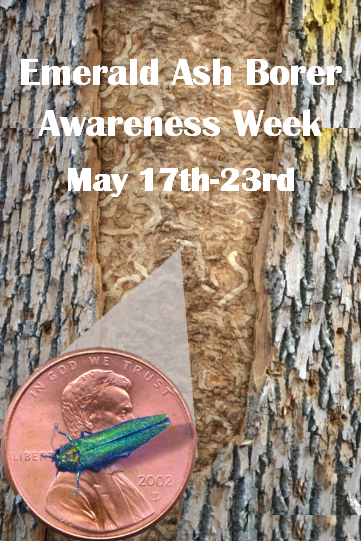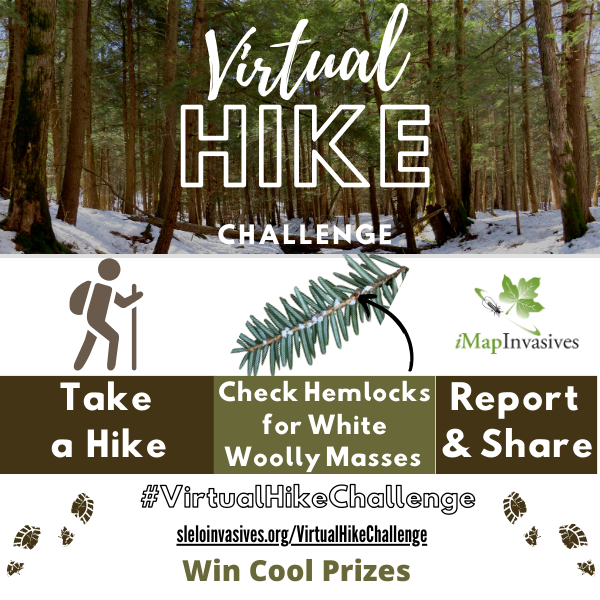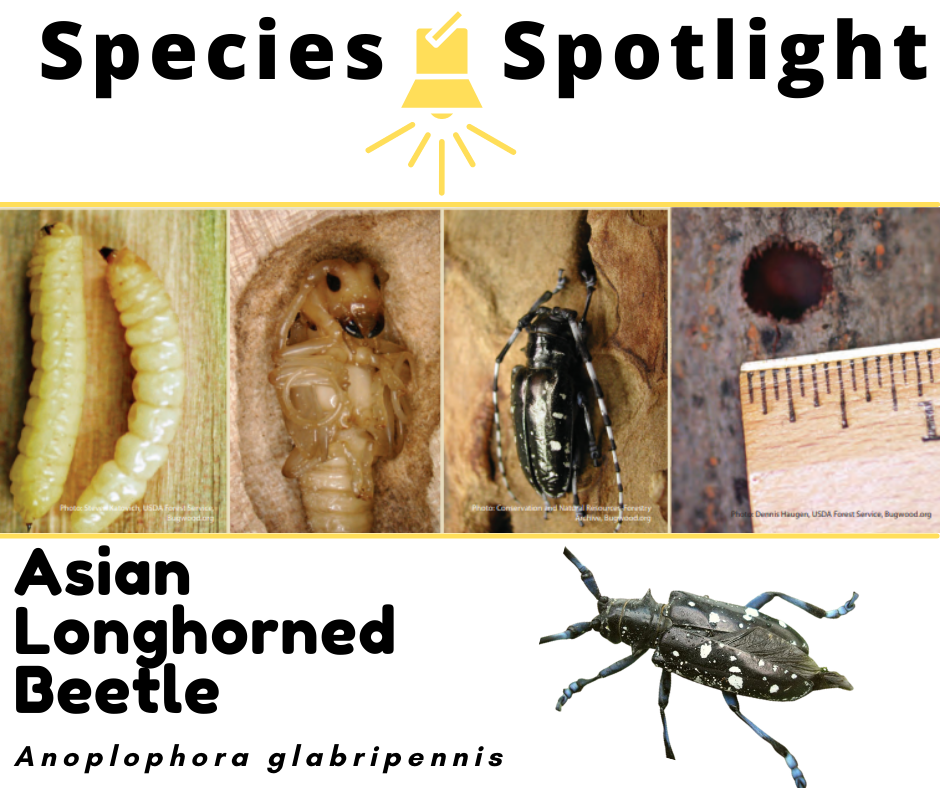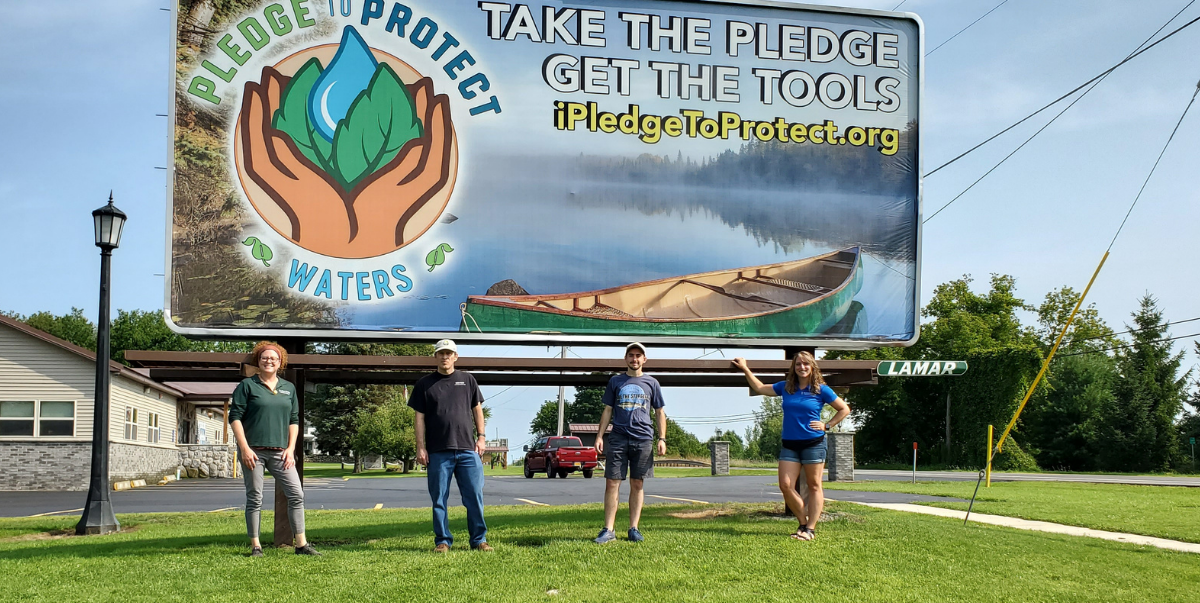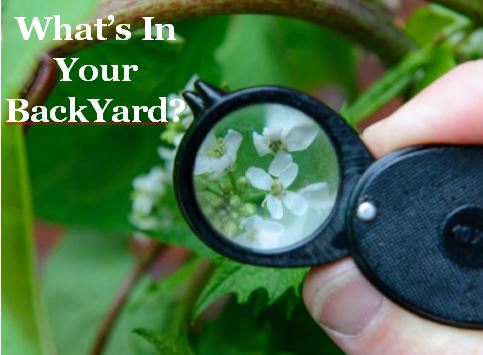Save the date! Our Eastern Lake Ontario Invasive Species Symposium will be held on June 12th, 2025 at SUNY Oswego’s Sheldon Ballroom in Oswego, NY. In conjunction with the symposium, we’re offering two workshops at the SUNY Oswego Rice Creek Field Station on June 11th, 2025.
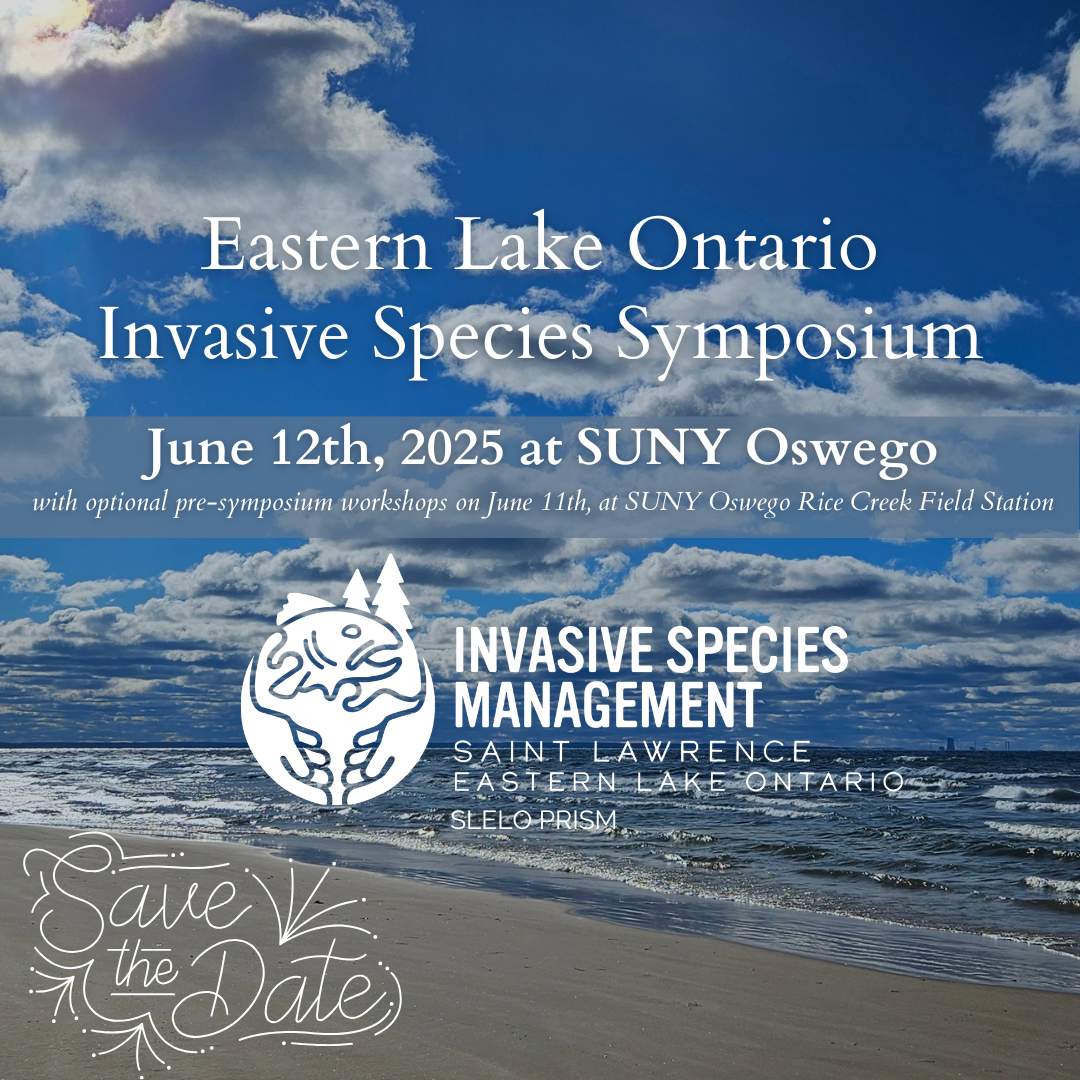
Eastern Lake Ontario Invasive Species Symposium
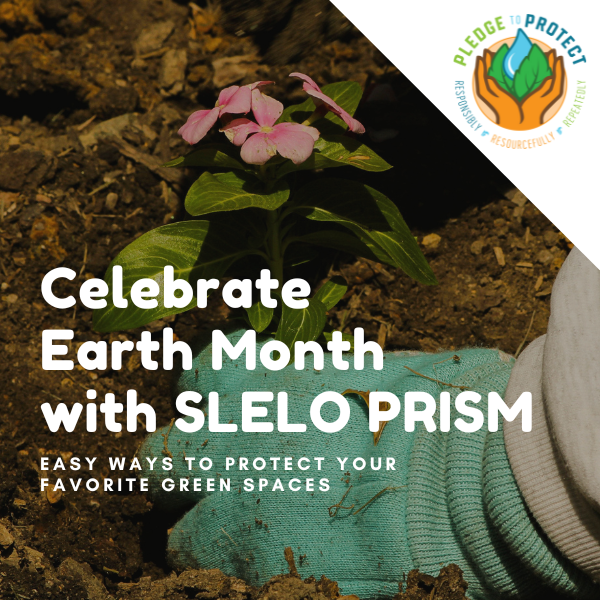
Celebrate Earth Month with SLELO PRISM
April is Earth month! Learn easy and fun ways to take action to protect your favorite outdoor spaces from invasive species.

NYISAW: Host an Event & Collaborate!
New York Invasive Species Awareness Week (NYISAW) will be observed June 9th through the 15th this year. We highly encourage our partners to participate in NYISAW by hosting or collaborating on events held within our region.
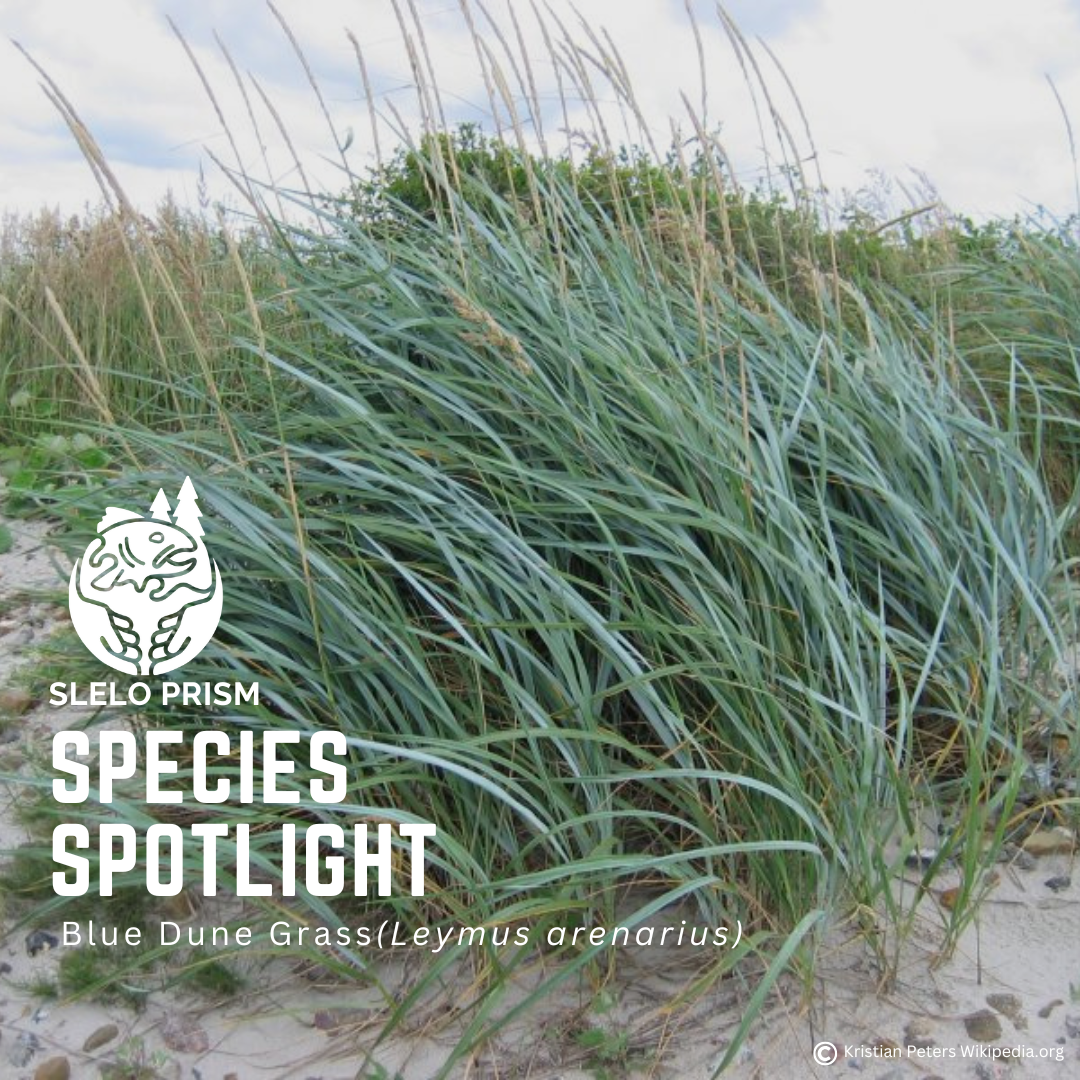
Species Spotlight: Blue Dune Grass
Learn about a new invasive species blue dune grass (Leymus arenarius). Recognized for its blue-grey colored leaf blades. Commonly used for ground cover and erosion control due to its rigorous growth behavior, blue dunegrass can easily escape cultivation and overrun garden spaces, therefore intentional plantings should be avoided.

HWA on The Move in SLELO PRISM
Hemlock woolly adelgid (HWA) is on the move in the SLELO region! Hear from our partners at the New York State Hemlock Initiative at Cornell to learn about management options, planning tools, and other resources.
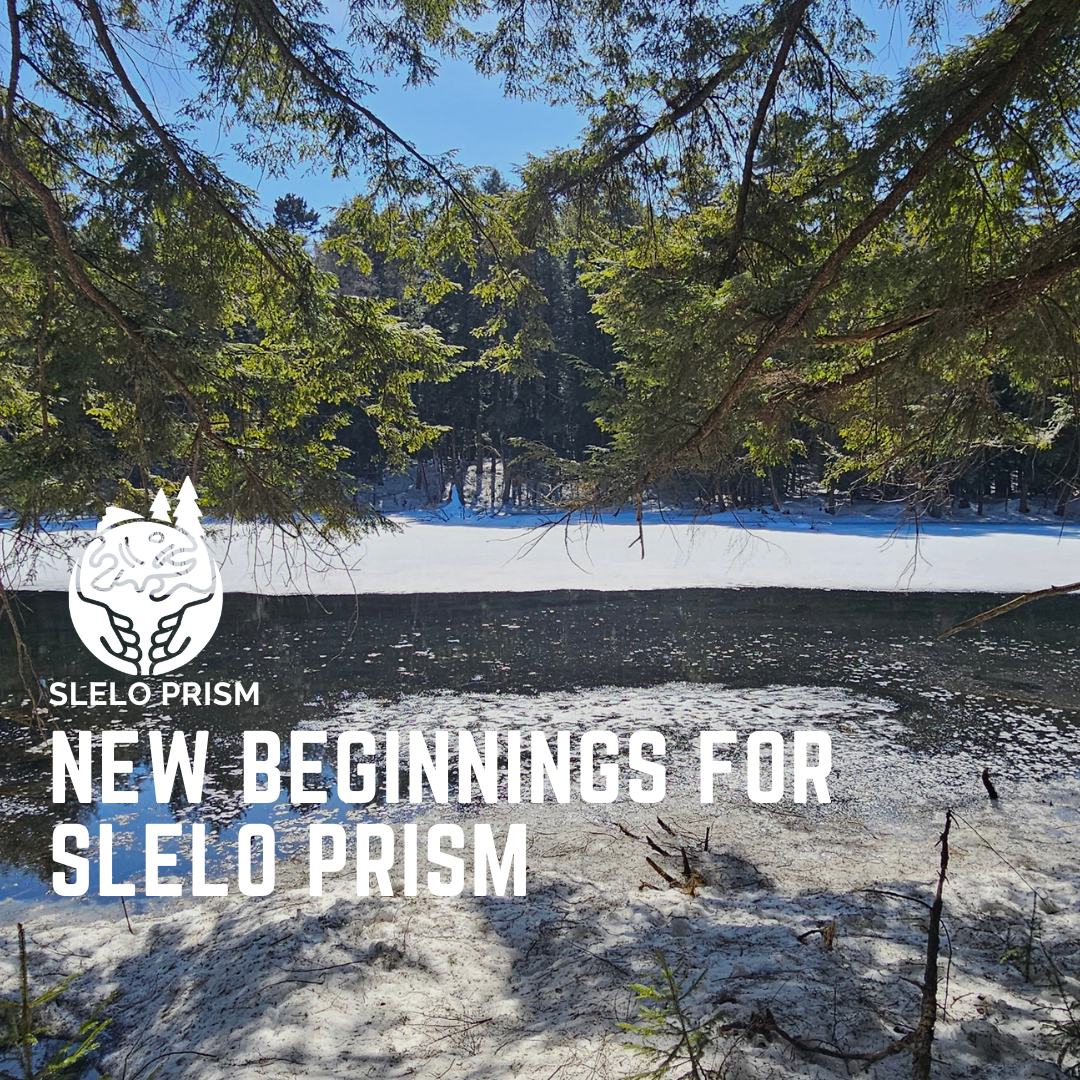
New Beginings For SLELO PRISM
SLELO PRISM has a new Invasive Species Program Director, and we’ve hired a new Aquatic Restoration and Resiliency Coordinator!

Reflecing on 2024 Accomplishments
Get highlights and stats from our accomplishments from 2024.

2025 Winter Terrestrial Updates
The latest updates from our Terrestrial Restoration and Resiliency Coordinator, Robert Smith.

2025 Winter Newsletter: Aquatic Updates
Get the latest updates on our Aquatic Restoration and Resiliency Initiatives.

New Multispectral Drone for Advanced Invasives Species Surveillance
Drones are planned to assist our invasive species management efforts.

Urbanization Drives SLF Phenology Shifts
New research at New York University reveals how urban environments are reshaping the invasion dynamics of the spotted lanternfly offering insights into its invasive success.

Suppressing Water Chestnut on the Oswegatchie River
A multi-year project aims to suppress a large population of water chestnuts on the Oswegatchie River.
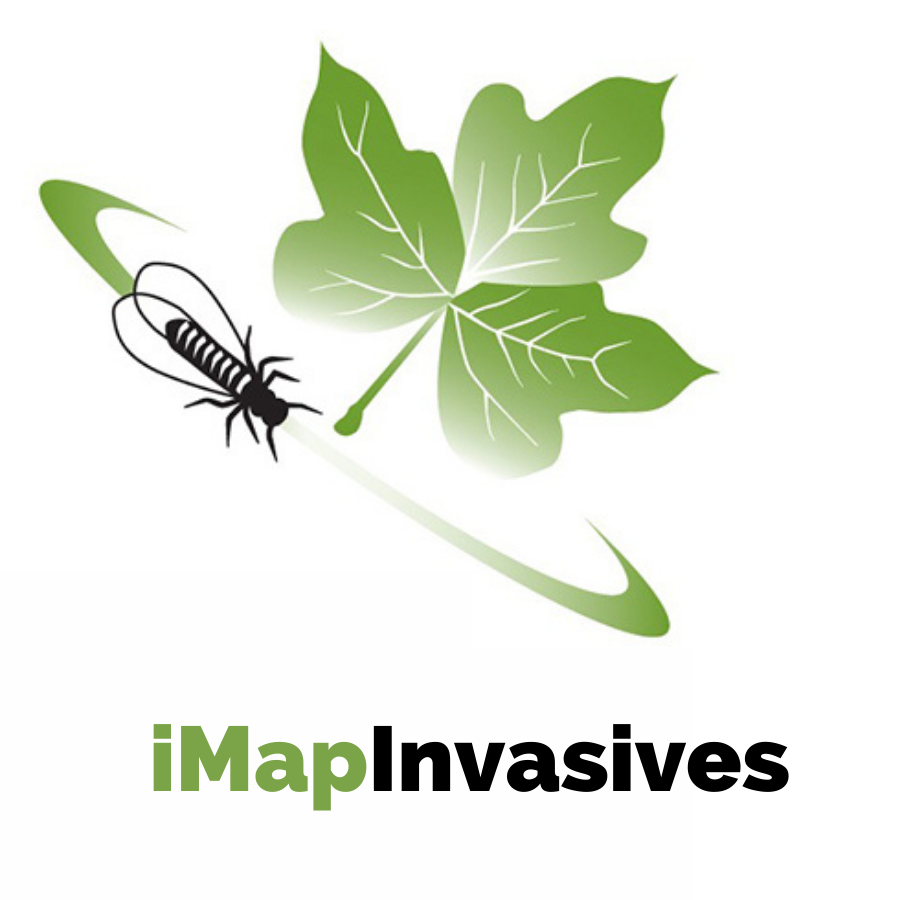
Volunteer with iMapInvasives
Assist community science with iMapInvasives!
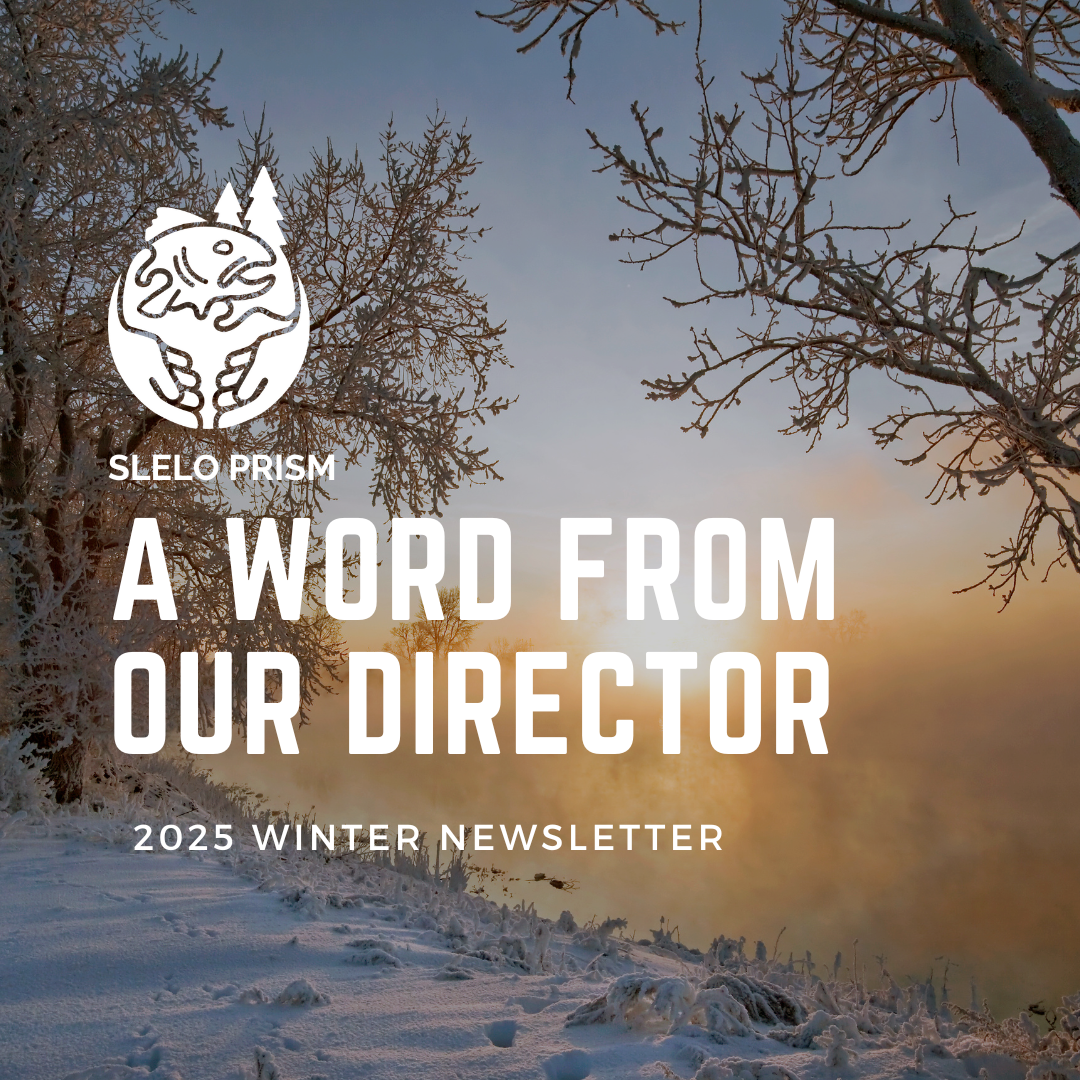
A Word From Our Director: 2025 Winter Newsletter
New beginnings for the SLELO PRISM team include changes in staffing in 2024 and a renewed desire to strengthen partnerships to enhance our conservation work.

Protecting Maple Syrup: How Invasive Species Affect New York’s Sweetest Tradition
March is maple syrup month, and who doesn’t enjoy some delicious maple syrup on some nice fluffy pancakes. Check out this Protector’s blog to learn of invasive pests that threaten maple syrup production.
